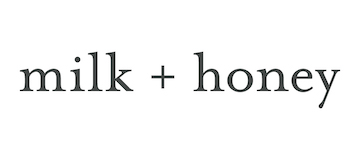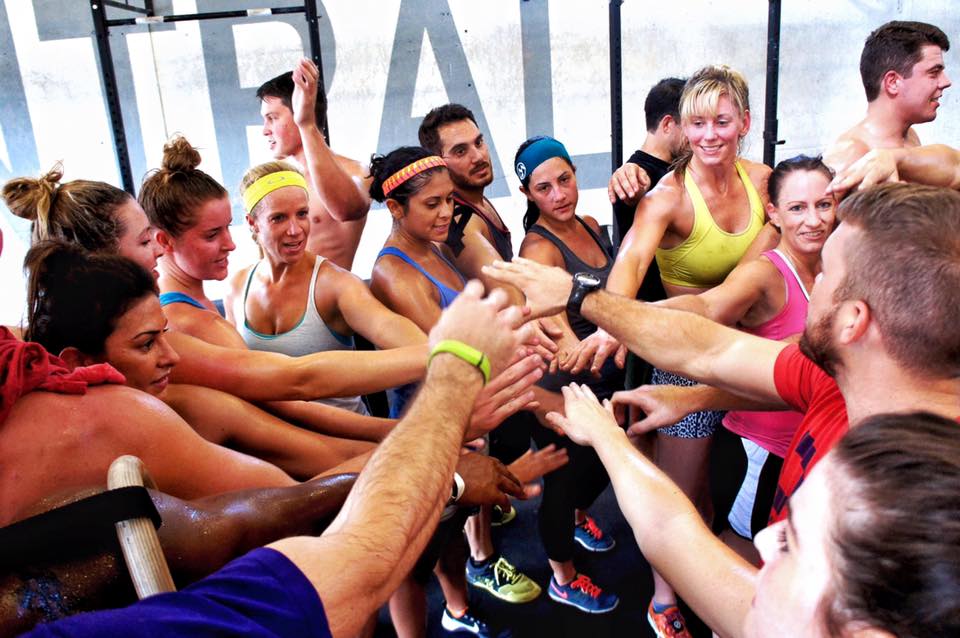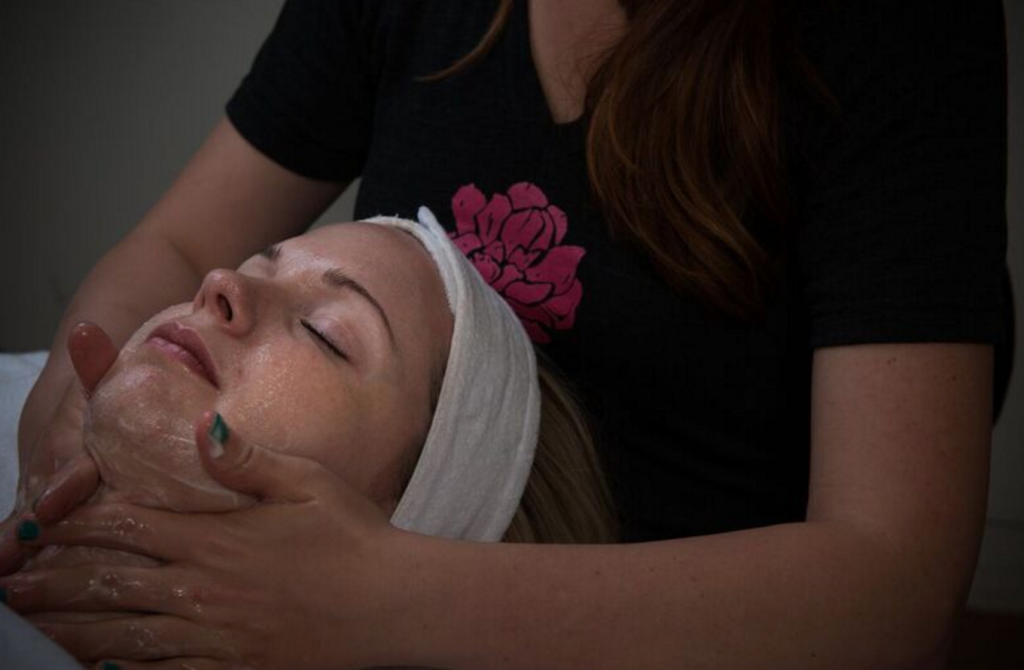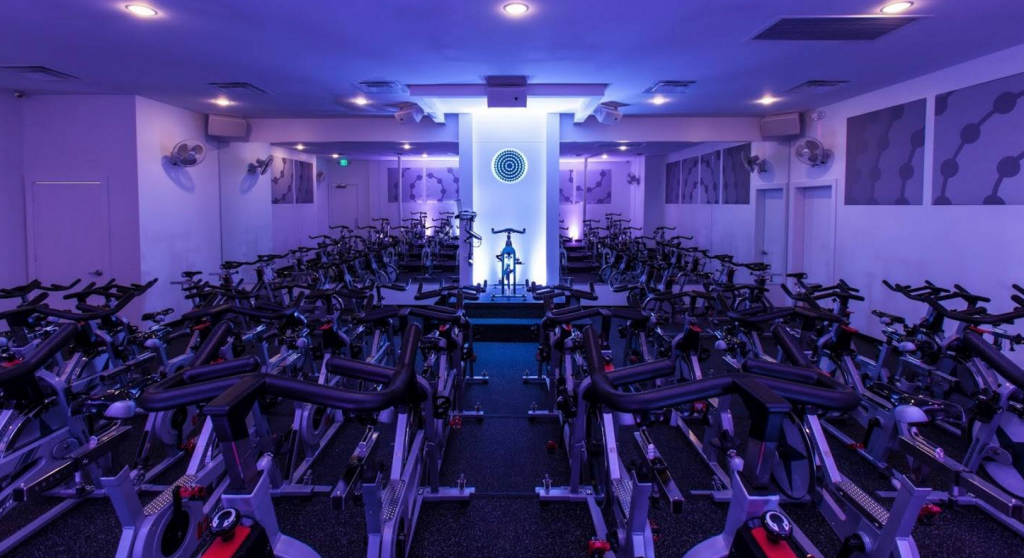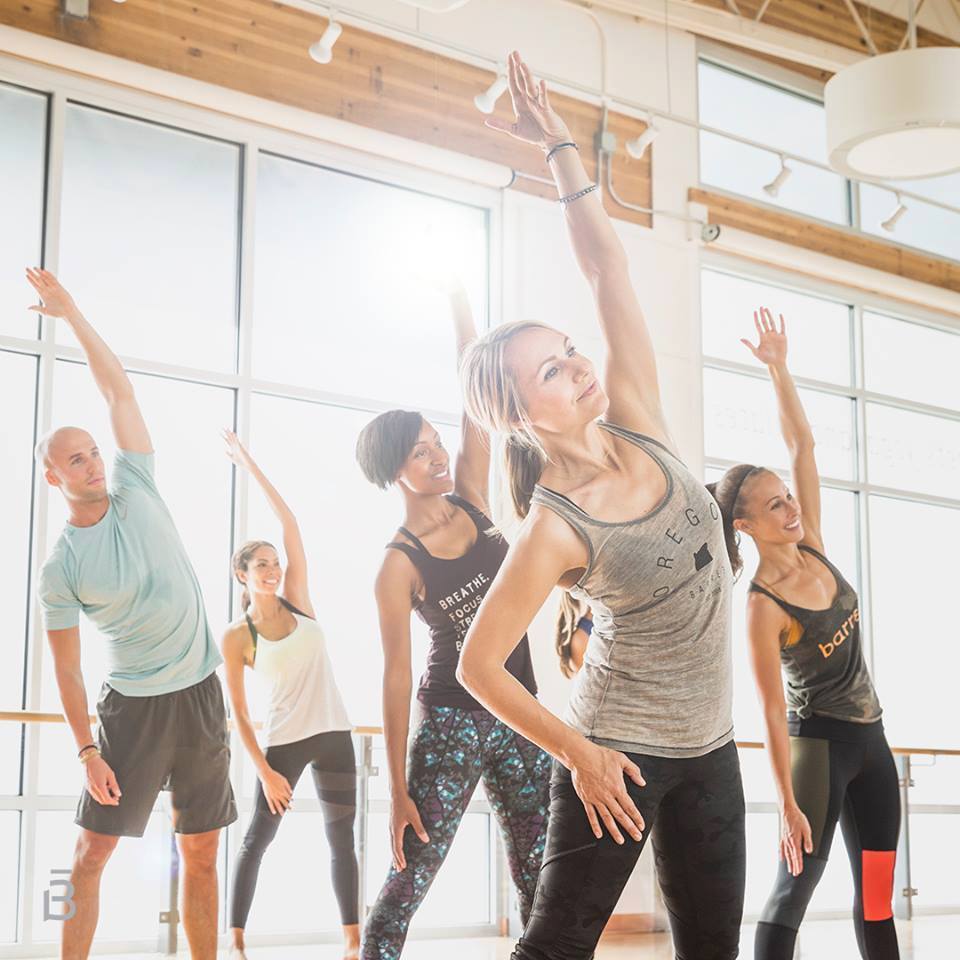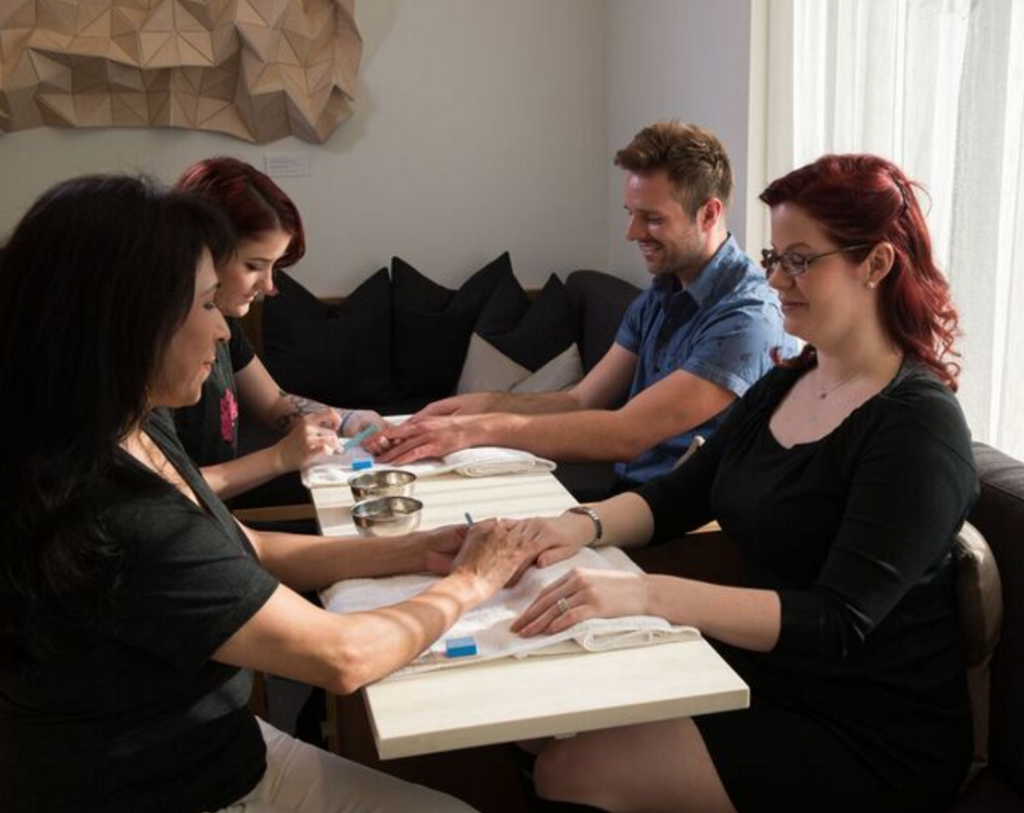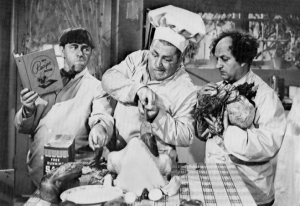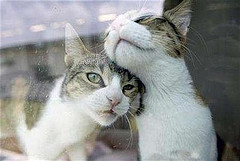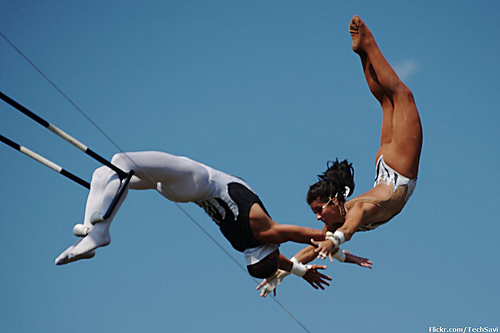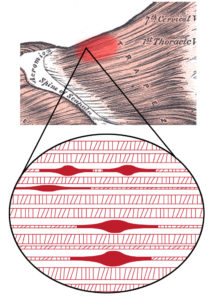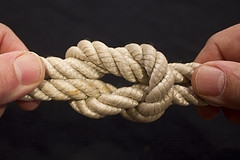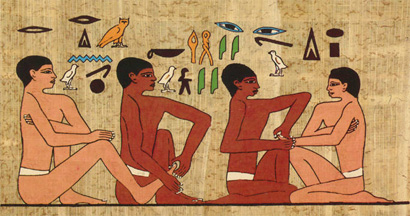It’s that time of year again — the time for reflection that comes after holiday indulgence, but before the realistic onset of life in the New Year. Take this time to plan ahead and to create healthy goals and intentions (“resolutions,” if you will) that are challenging yet attainable. At milk + honey, we’re not extremists. We like balance and strive to keep it that way. So, when it comes to thinking about the year ahead, we’re setting out to engage our minds and our bodies equally — here’s how.
CrossFit + Sports Massage
Sprinting, climbing rope, box jumps, kettlebells, and flipping tires are only a handful of the high-intensity exercises CrossFit utilizes in its interval training program. After your WOD, take your stretching to the next level. Our deep-tissue, full-body Sports Massage helps to ease any muscle tension and soreness in joints, which will in turn, prevent injury.
Where to go in Austin: CrossFit Central
Where to go in Houston: Urban Animal
Yoga + HydraFacial
Bikram, Hatha, Ashtanga, Kundalini, Vinyasa. Whatever your practice may be, yoga is one of the meditative ways to exercise. Extend your calming environment outside of the yoga studio to include another relaxing sanctuary: the spa. Our Ultimate HydraFacial is exactly what your skin needs after a sweaty stretch session. Smoothe rough-textured skin, reduce the appearance of fine lines, and bring your skin back to its natural, youthful state without any redness or downtime.
Where to go in Austin: Black Swan Yoga | Wanderlust | CorePower Yoga
Where to go in Houston: Your Body Center | DEFINE | Yoga One
Indoor Cycling + The Spa Partisan
Between the adrenaline-pumping music, synchronized pedaling, and the feeling of relief after that last incline (er, turn of the resistance knob), we can’t get enough of indoor cycling. It’s not for the faint of the heart, but we challenge everyone to tap it back at least once in the New Year. Plus, if you cycle to the finish line, then you’ve certainly earned our Spa Partisan treatment. This full-body brushing is followed by a brown sugar, coffee, and crushed almond skin-polishing blend that leaves you feeling relaxed and renewed.
Where to go in Austin: RIDE | Love Cycling Studio
Where to go in Houston: Revolution Studio {Bonus: take your cycling outside with Houston’s new about-town red cruisers, available for on-demand rent all around town.}
Dancing + Signature Massage with Foot Scrub
After shaking your hips and breaking it down on the dance floor, treat your feet to some TLC with our Lux Pedicure. The nail soak, shaping, cuticle maintenance, extra hydration, exfoliation, and warm oil treatment offer up an incredible one-two punch for your feet.
Where to go in Austin: Corazon Latino
Where to go in Houston: MET Dance | Vitacca Productions & Company
Running + Hit the Trail Retreat
If you prefer to hit the trail (or treadmill), don’t overlook our Hit The Trail Retreat for the post-run cooldown. This retreat includes an hour-long Sports Massage followed by the Buff + Go Combo, 15 minutes of extra foot massage, and CosMedix SPF 30 sunblock. Leave happy and refreshed.
Where to go in Austin: Lady Bird Lake Hike & Bike Trail
Where to go in Houston: the new Sandy Reed Memorial Trail
Barre + Hydrating Body Cocoon
Dance enthusiasts, unite. Barre class is composed of isometric holds, small range movements, and large dynamic movements, which in turn, effectively build strength, flexibility, and improve posture and balance. Finish your workout with our Hydrating Body Cocoon, which will leave your mind and body relaxed and your skin healthy and hydrated. Start with an invigorating full body brushing, then move to a 45-minute Signature Massage complete with an aromatherapy-infused body butter.
Where to go in Austin: Barre3 | Mod Fitness
Where to go in Houston: DEFINE | Pure Barre
Boxing + Manicures
Who knew jabs, crosses, and hooks could greatly improve your cardiovascular health? Thanks to the vigorous workout that is boxing, you not only work up a great, healthy sweat, but you also tone muscle and improve flexibility and strength. Once the gloves are off, consider it time to polish that right-left combo. For guys, try our Buff + Go manicure. For ladies, you can’t go wrong with our m + h Manicure.
Where to go in Austin: Austin Boxing Babes | Austin Fight Club
Where to go in Houston: Elite Mixed Martial Arts
